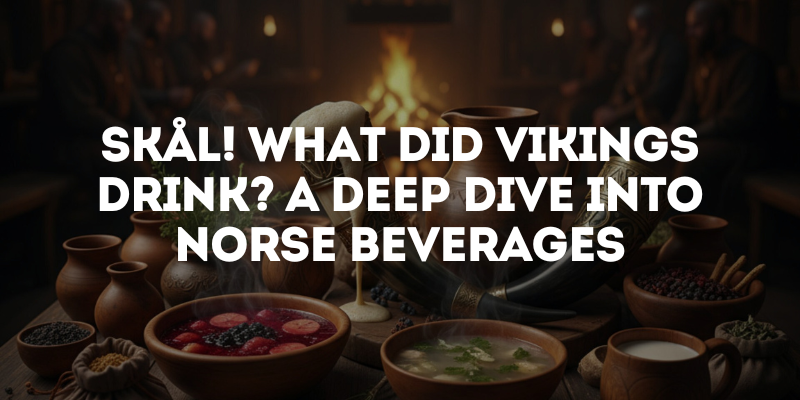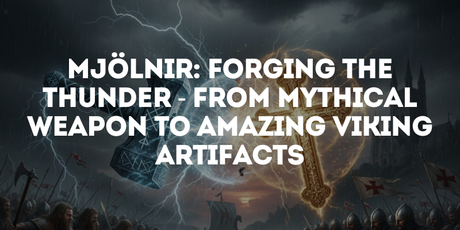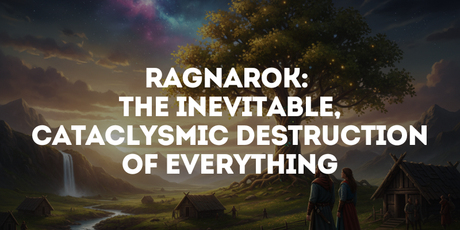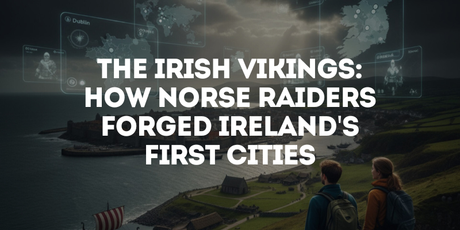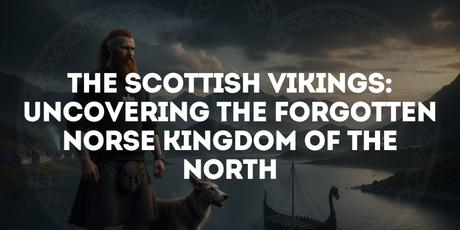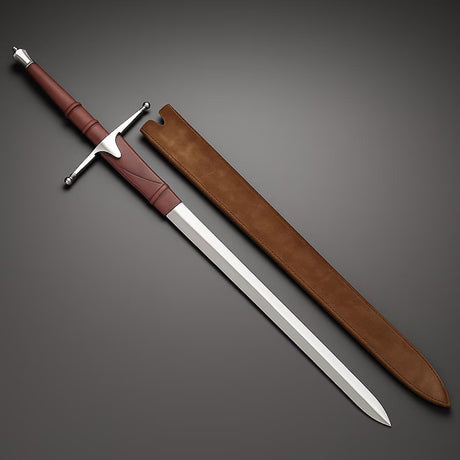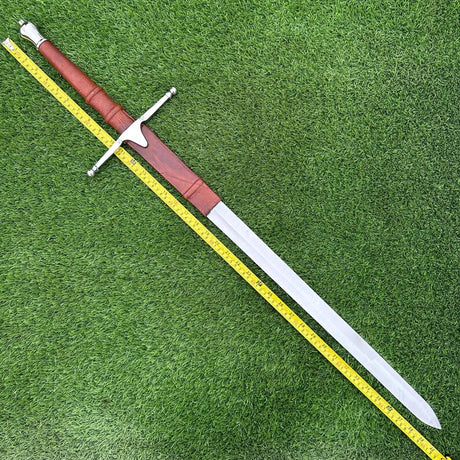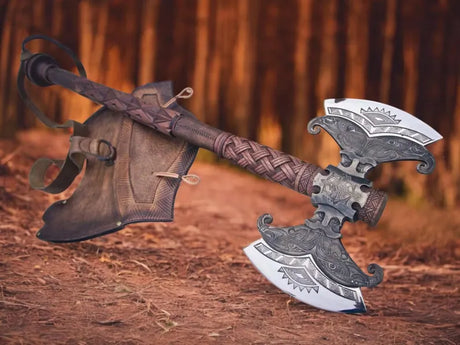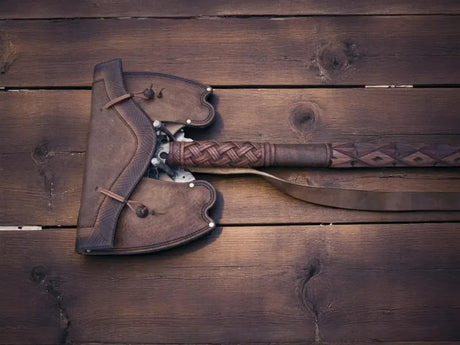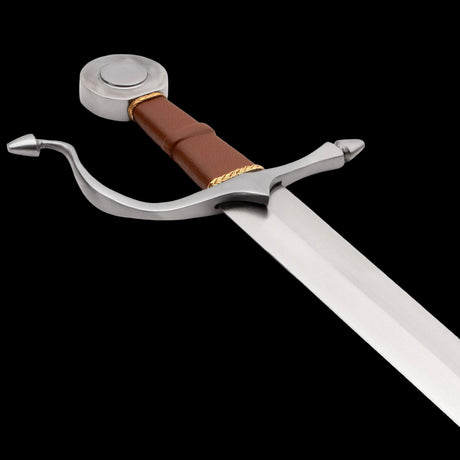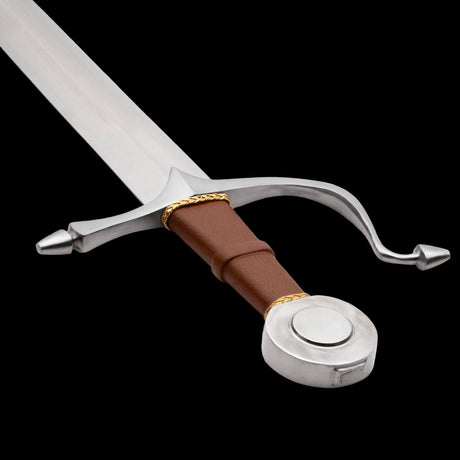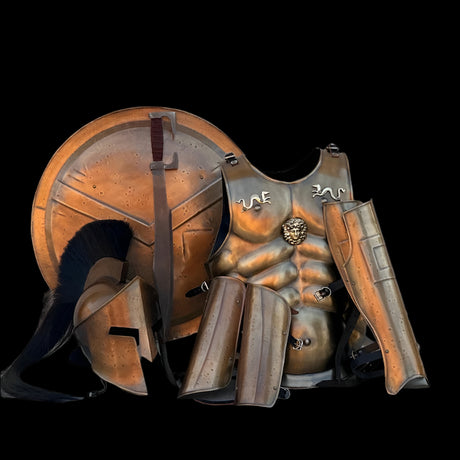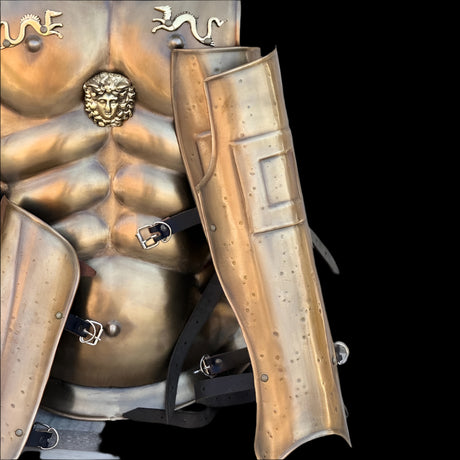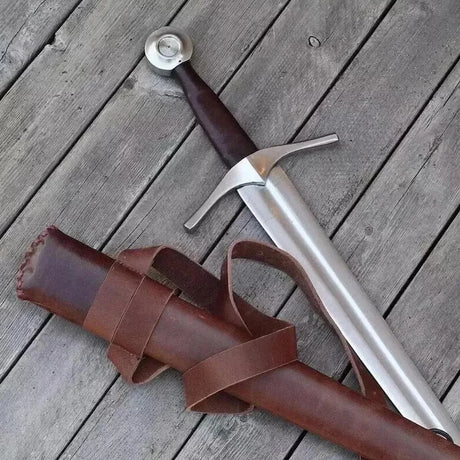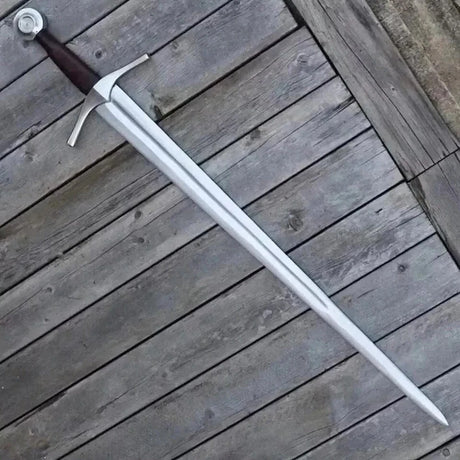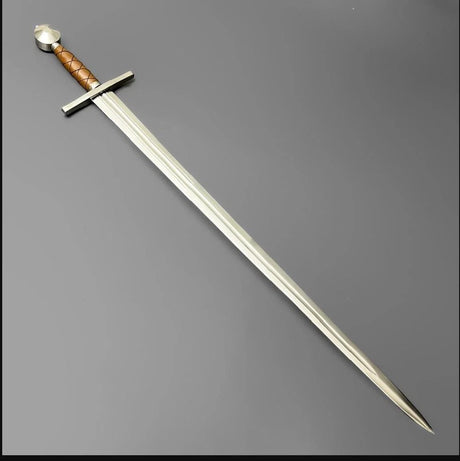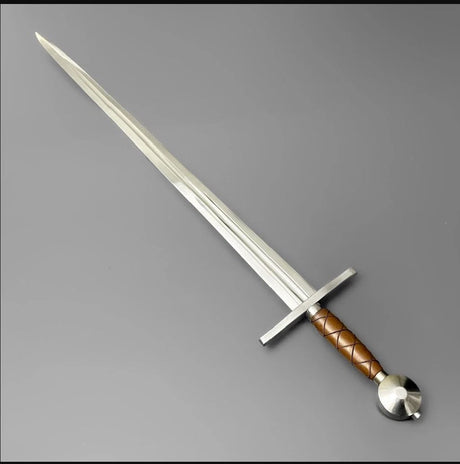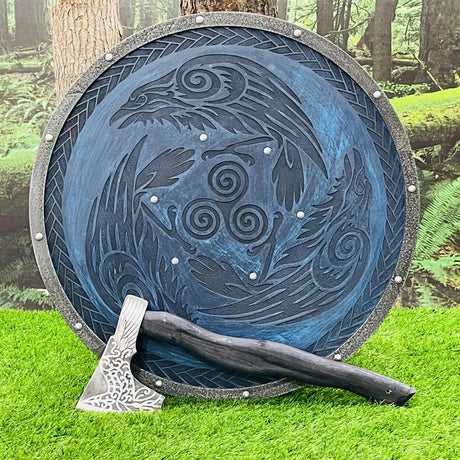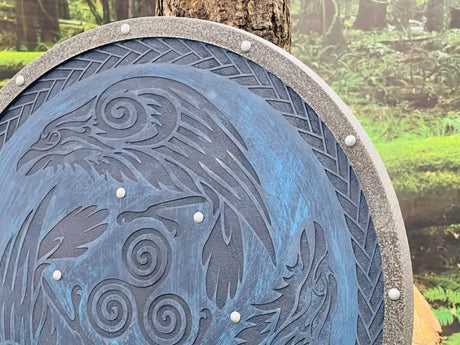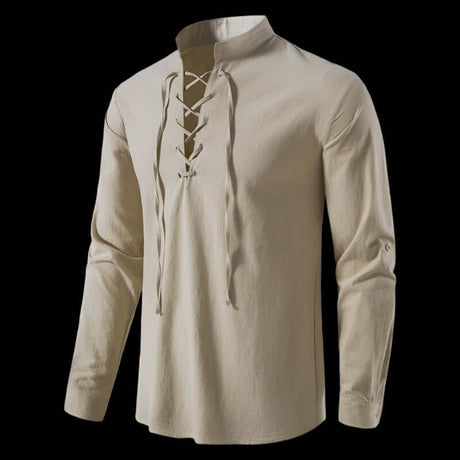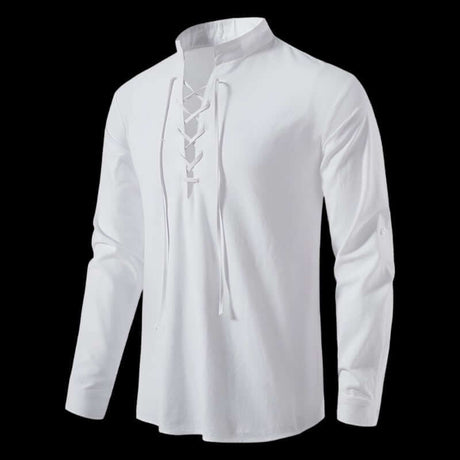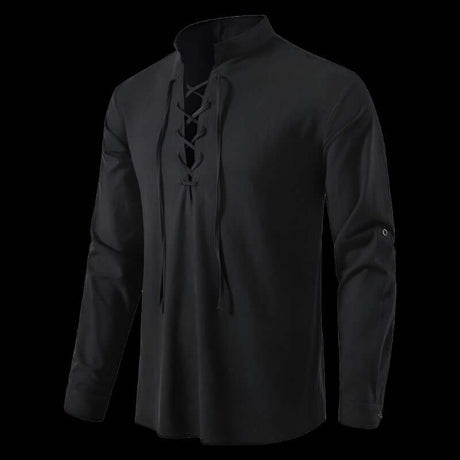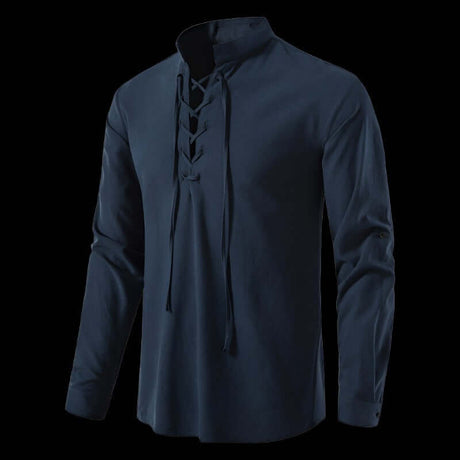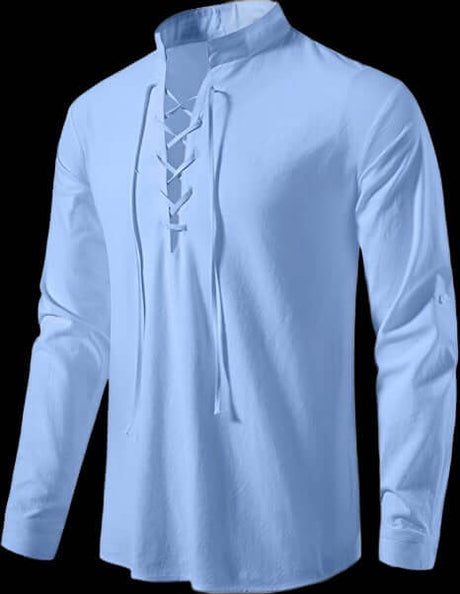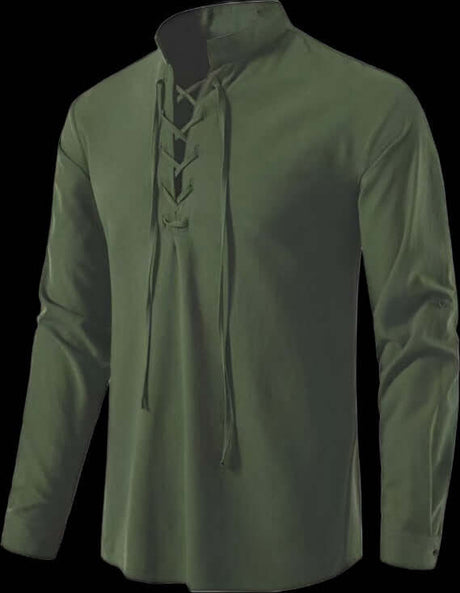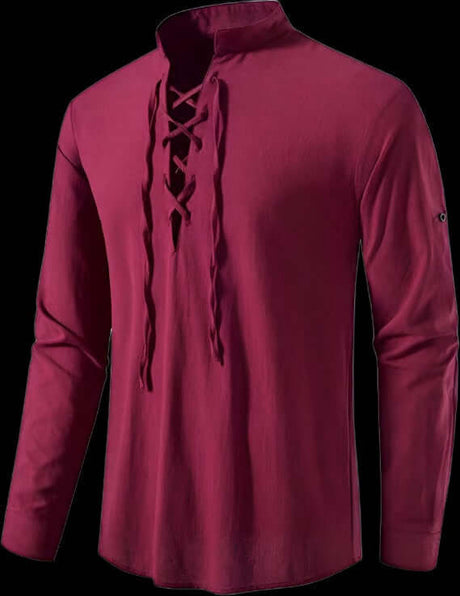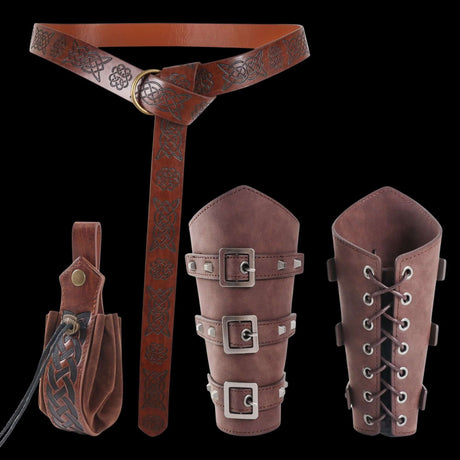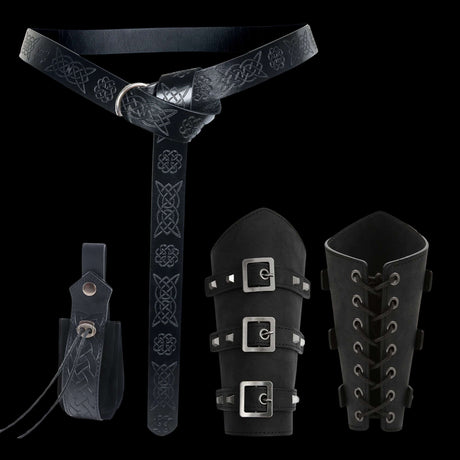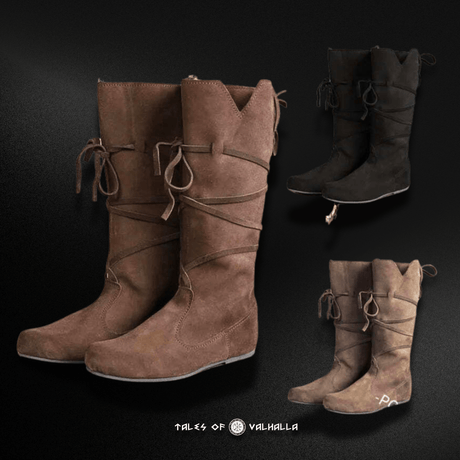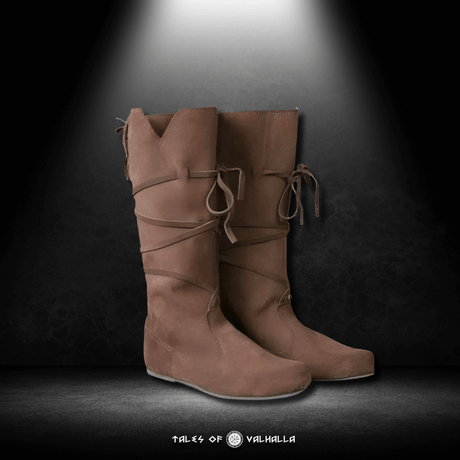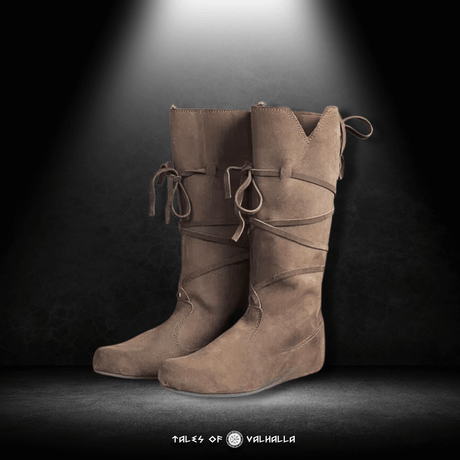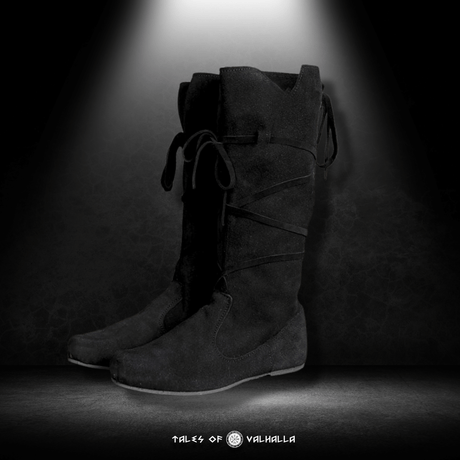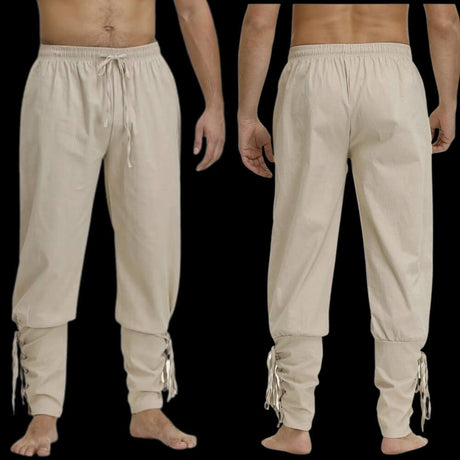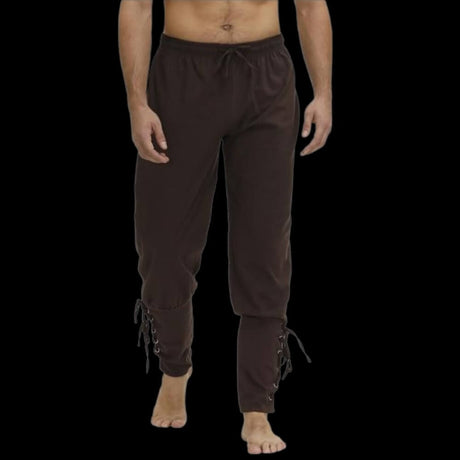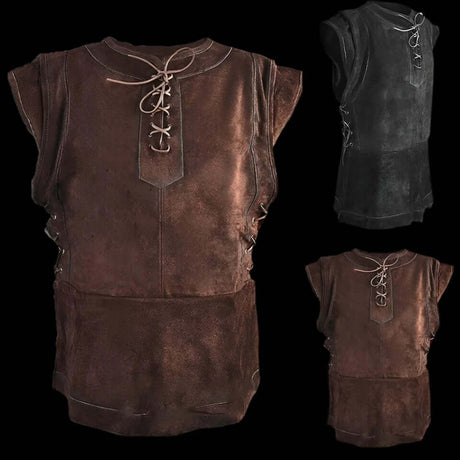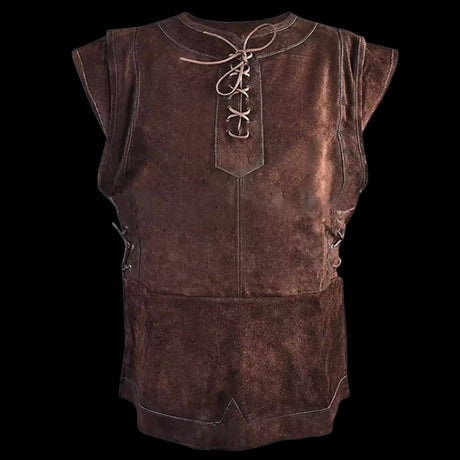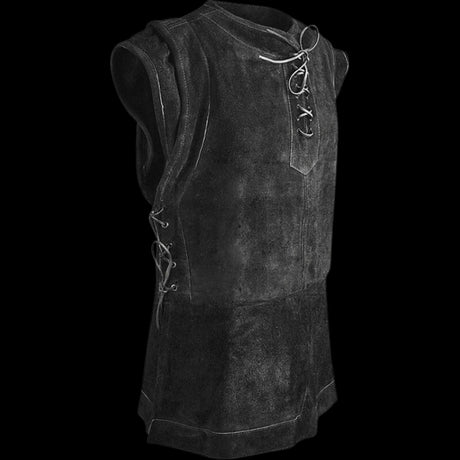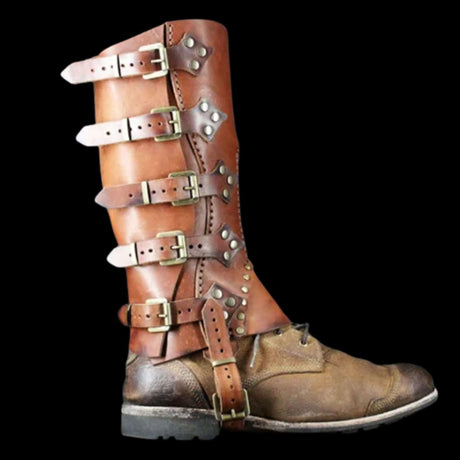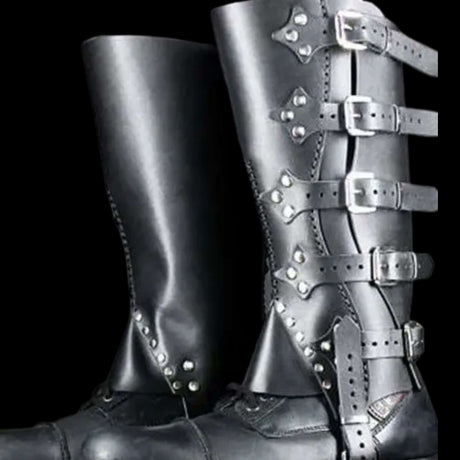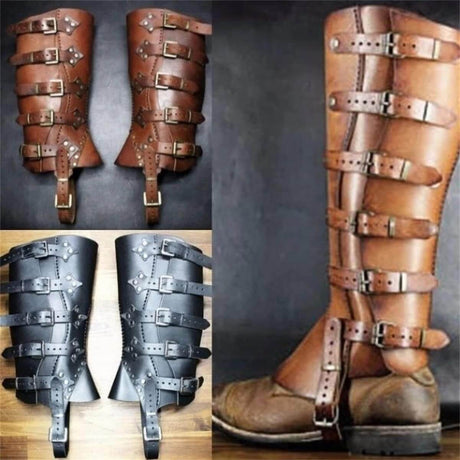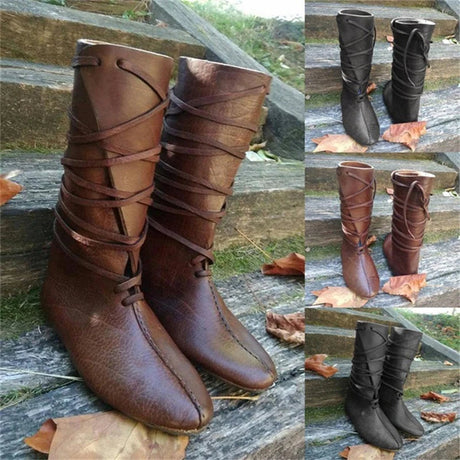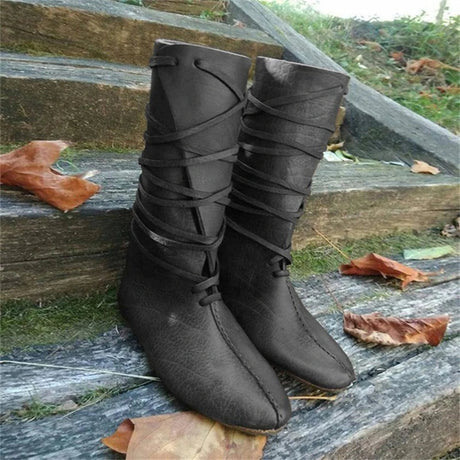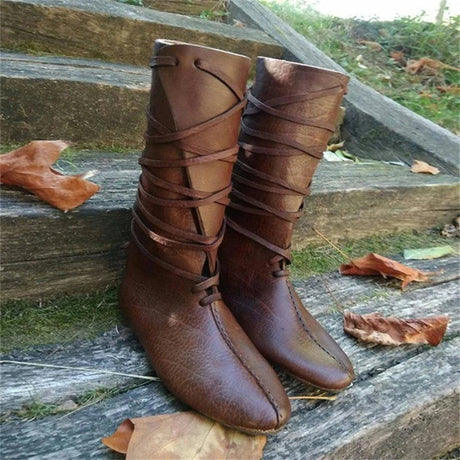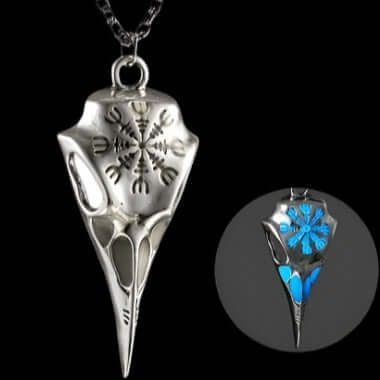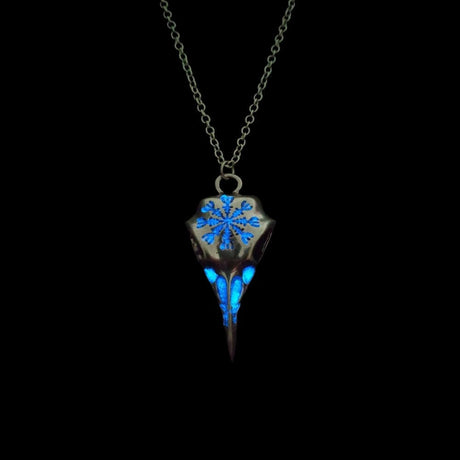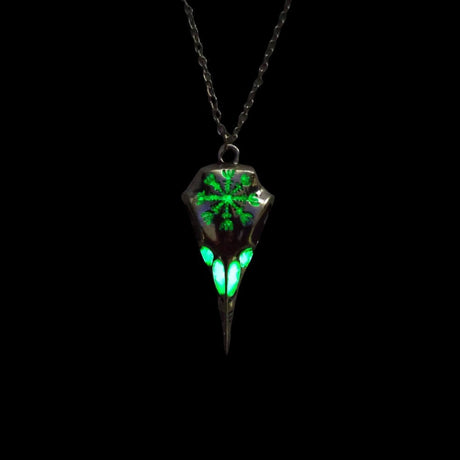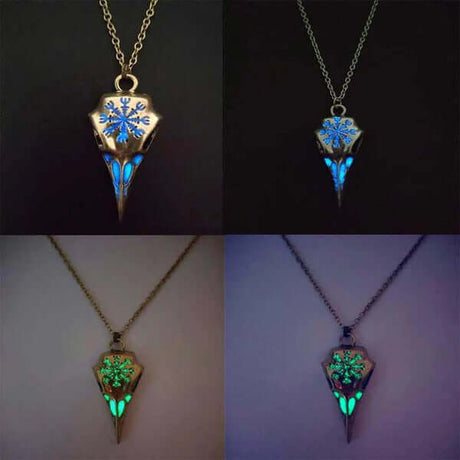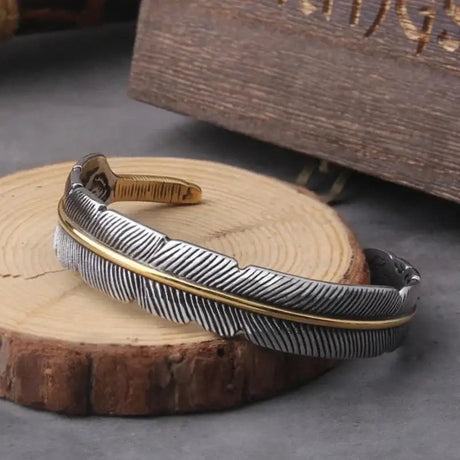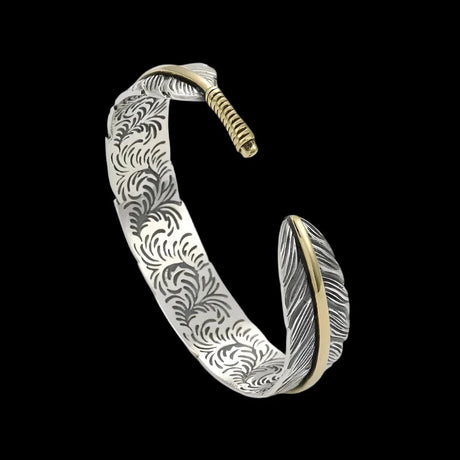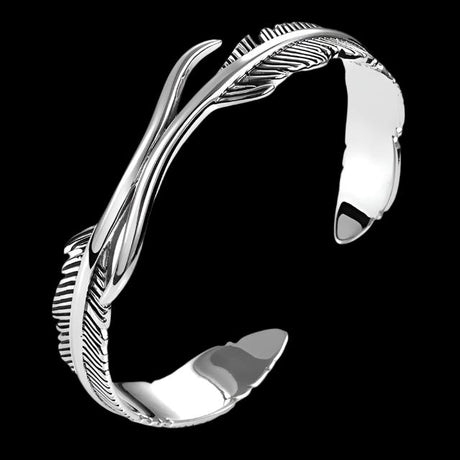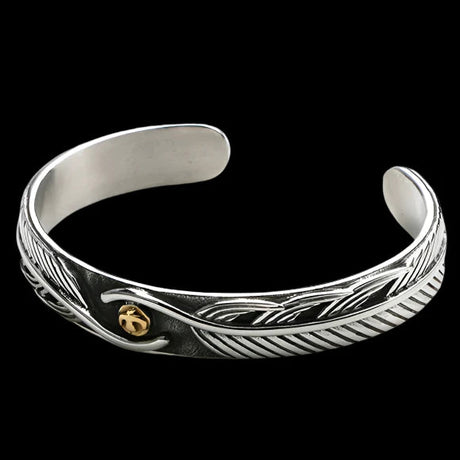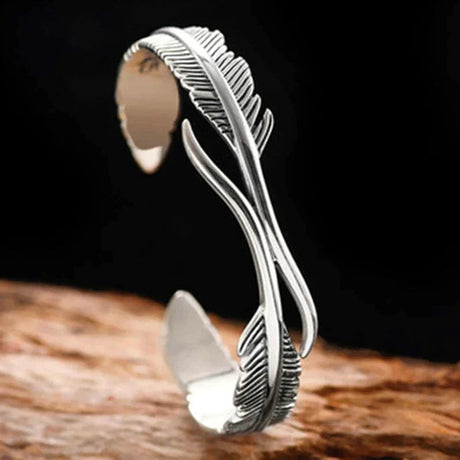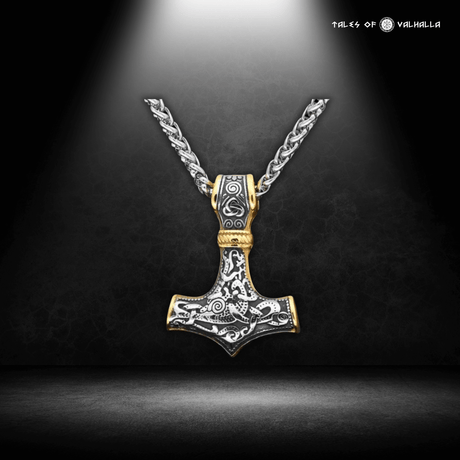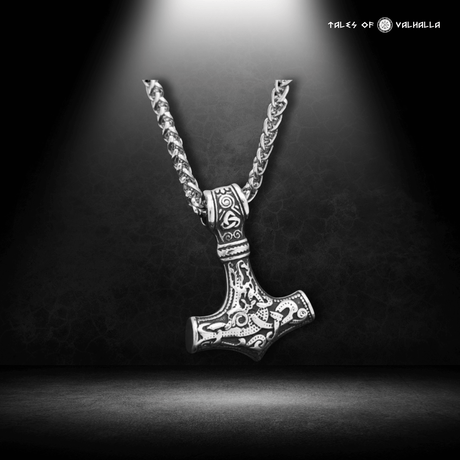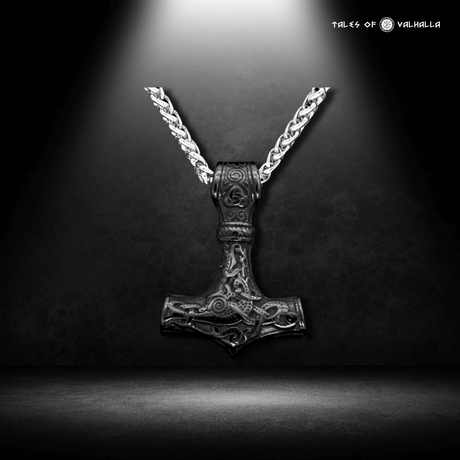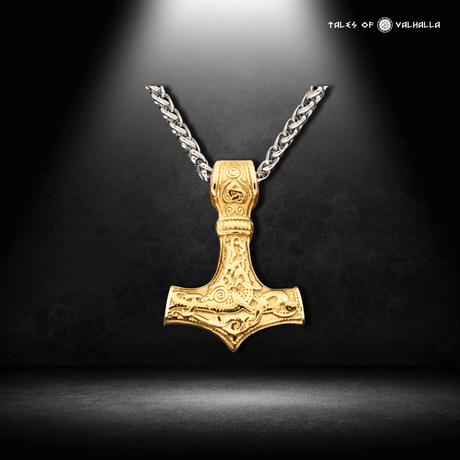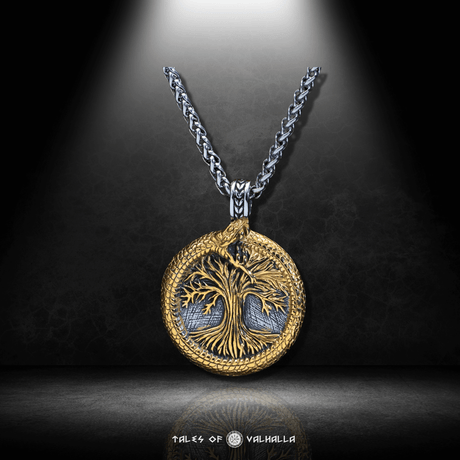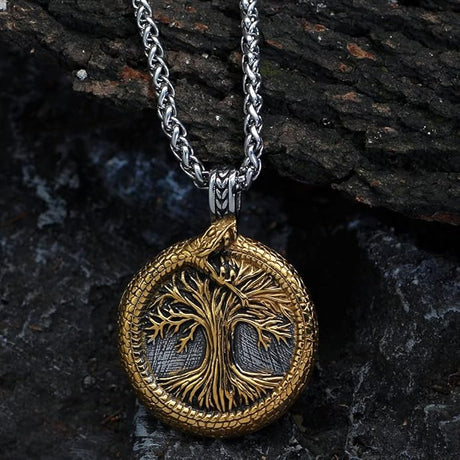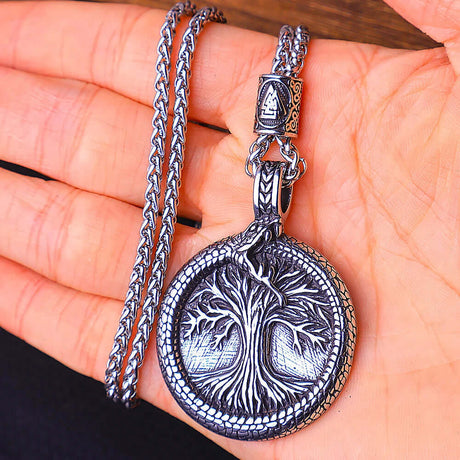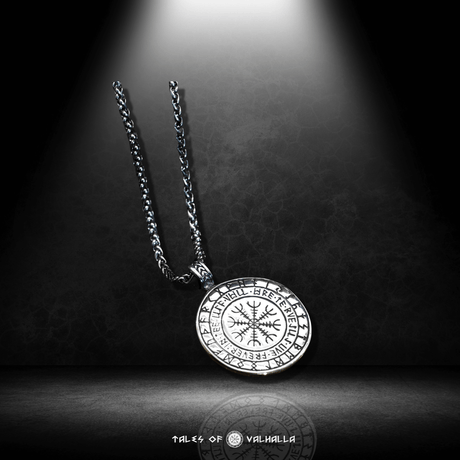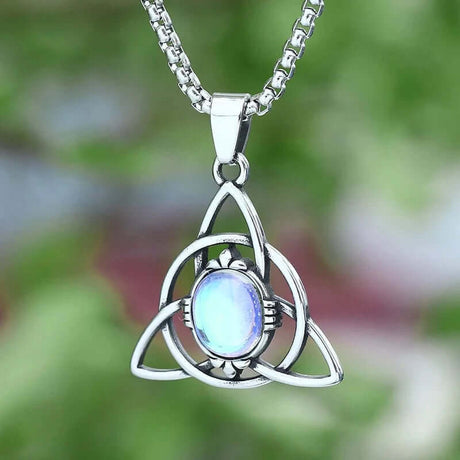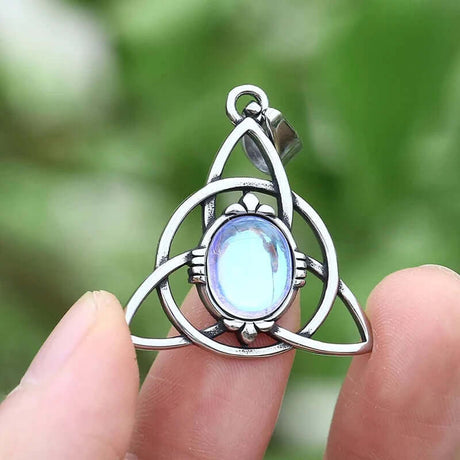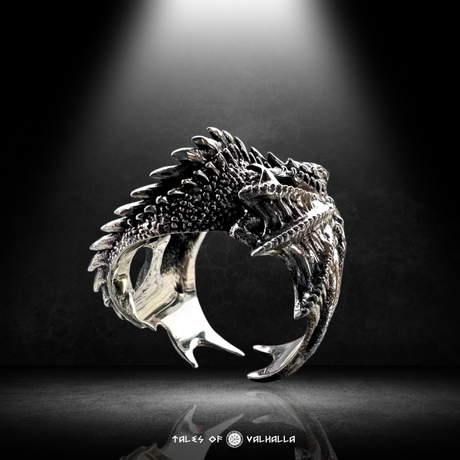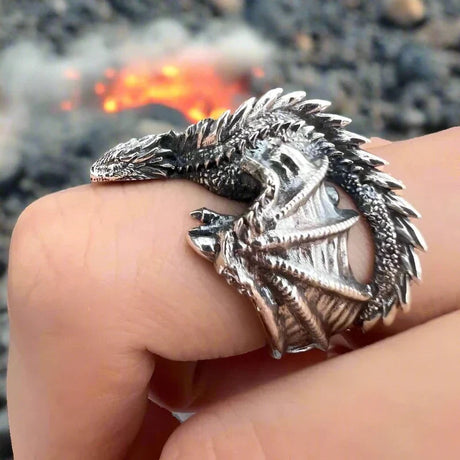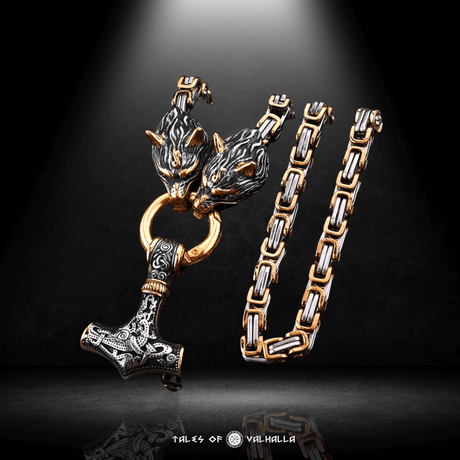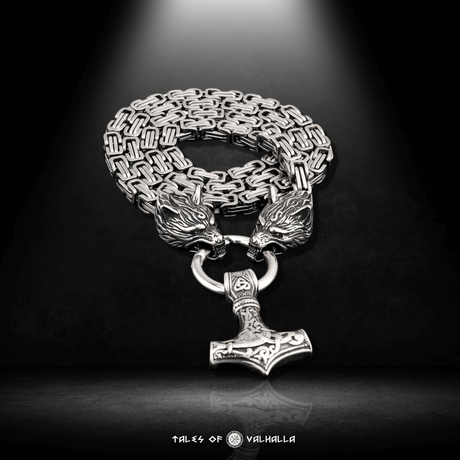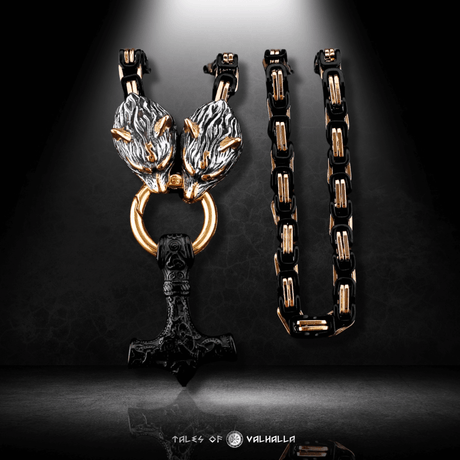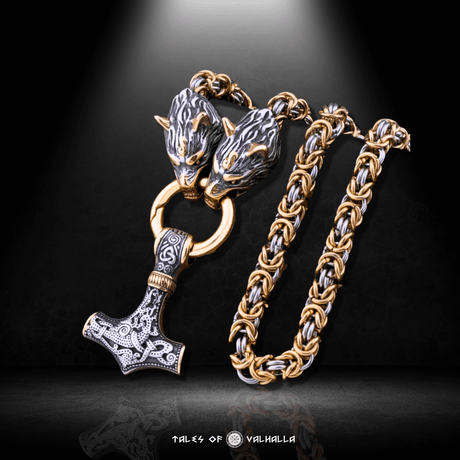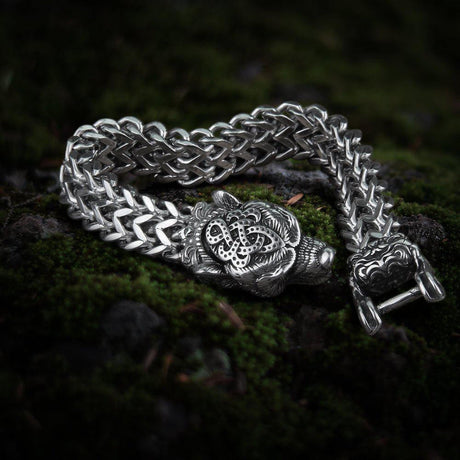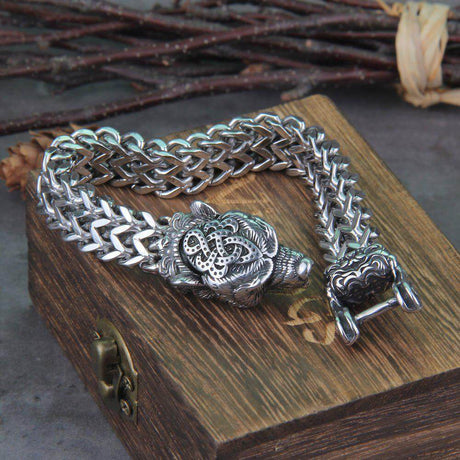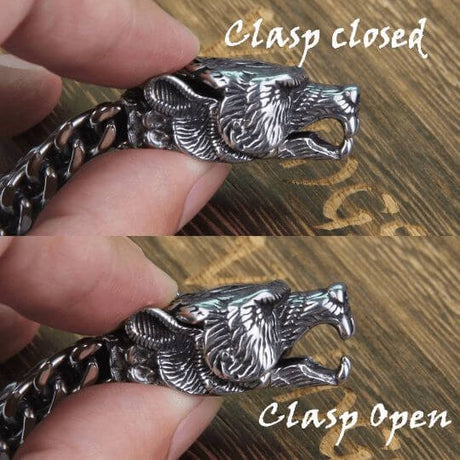Picture a fire-lit longhouse, the air thick with the smell of roasting meat and the booming laughter of warriors returned from a successful raid. A chieftain rises, his massive drinking horn held high, and with a thunderous "Skål!", a feast begins. This iconic image, seared into our minds by sagas and modern media, begs a fundamental question: What did Vikings drink?
The answer is far more complex and fascinating than just a horn full of mead. For the Norse people, beverages were not mere thirst-quenchers; they were a cornerstone of their society, a source of sustenance, a sacred element in their rituals, and the very lifeblood of their legendary feasts. To truly understand the Viking Age, we must explore the full spectrum of their drinks, from the humble daily staples to the divine nectar of the gods. So, let’s pull up a bench, fill a horn, and take a deep dive into the surprising answer to the question: What did Vikings drink?
The Social Heartbeat: Why Drinking Mattered to the Vikings
Before we even get to the specific beverages, it's crucial to understand that the act of drinking was central to the Viking way of life. It was a social lubricant, a ritualistic necessity, and a practical part of their existence.

The Social Heartbeat: Why Drinking Mattered to the Vikings
Feasting and Fellowship
In a world without modern entertainment, the feast was the primary social event. It was here that alliances were forged, stories were told, and communities were strengthened. A generous host was an honored one, and providing ample drink for guests was a key display of wealth and power. The shared act of drinking created a powerful sense of camaraderie and brotherhood, essential for a people who relied so heavily on group cohesion for survival and success.
Rituals and Religion
Drinking was deeply intertwined with Norse pagan beliefs. Toasts were made to the gods—Odin for wisdom, Thor for strength, Freyr for a bountiful harvest. Libations, or portions of a drink, were poured out as offerings. Special brews were created for religious festivals like Yule (the midwinter solstice). The answer to what did Vikings drink during these sacred moments was often a beverage imbued with deep spiritual significance.
Sustenance and Survival
In the harsh northern climate, fermented beverages provided more than just a buzz. They were a vital source of calories, nutrients, and, in some cases, hydration that was safer than potentially contaminated water sources. For a Viking on a long sea voyage, a barrel of ale was as essential as a sail or an oar.
The Daily Drink: Ale (Öl), the True Brew of the People
While pop culture often places a horn of mead in every Viking's hand, the historical reality is that the most common alcoholic beverage by far was ale, or Öl in Old Norse. This was the drink of the everyday farmer, the warrior, the craftsman, and their families.
What Was Viking Ale?
Forget the crisp, hoppy IPAs or light lagers you might find in an American craft brewery today. Viking ale was a different beast altogether. It was likely:
- Dark and Smoky: Grains were often dried over an open fire, which would have imparted a smoky flavor to the final brew.
- Thick and Nutritious: It was probably unfiltered and cloudy, retaining more of the grain, making it almost like a liquid bread—a vital source of carbohydrates.
- Weak (Usually): Everyday ale was likely quite low in alcohol content, perhaps only 2-4% ABV, making it suitable for consumption throughout the day, even by younger members of the household. Stronger ales would be brewed for special feasts and occasions.
The Ingredients of the Norse Brew
When considering what did Vikings drink, the ingredients were dictated by what their rugged land could provide.
The Grain: The primary grain used was hardy barley, which grew well in the Scandinavian climate. Oats and rye were also used, sometimes in combination with barley.
The Water: Clean water was essential, sourced from local streams, rivers, or wells.
The Yeast: Vikings didn't have commercial yeast packets. They relied on wild yeasts or, more likely, used a "magic stick" (galdrastafur) or a dedicated brewing log that was passed down through the family. This stick, teeming with the household's unique yeast culture, would be dipped into the wort to kickstart fermentation.
The Flavoring (No Hops!): Hops were not widely used as a bittering and preserving agent in Scandinavia during the Viking Age. Instead, Vikings flavored their ale with a mixture of herbs and botanicals known as gruit. Common additions included:
- Bog Myrtle (Sweet Gale): Provided a sweet, aromatic quality.
- Juniper: Berries and branches added a piney, sharp flavor.
- Heather, Yarrow, and other local herbs.
Story Vignette 1: Ingrid's Brew Day
Ingrid, mistress of her family's farmstead, moves with a practiced rhythm. Today is brew day, a task as vital as mending clothes or tending the garden. The air in the outbuilding is thick with the sweet, smoky smell of malted barley simmering in a great iron cauldron over the fire. She adds a bundle of juniper branches and a pouch of dried bog myrtle, herbs she gathered herself in the late summer. Then, she takes down the family's heirloom: a gnarled wooden stirring stick, passed down from her grandmother. She dips it into the cooling wort, knowing the invisible life within the wood will awaken and turn her sweet grain-tea into the nourishing ale that will sustain her family through the coming months. The answer to what did Vikings drink in her home was not bought; it was made with skill, tradition, and a touch of household magic.
The Nectar of the Gods: Mead (Mjöðr), the Drink of Kings
If ale was the drink of the people, mead was the drink of poets, chieftains, and the gods themselves. The connection between mead and Vikings is central to their mythology and the image of their elite.
What is Mead?
At its core, mead is an alcoholic beverage created by fermenting honey with water. It is one of the oldest alcoholic drinks known to humanity, predating both wine and beer.
-
The Golden Ingredient: Honey was the soul of the beverage. The type of honey—whether from clover, heather, or wildflowers—would have drastically changed the flavor of the finished mead. In the Viking Age, honey was a valuable and sometimes scarce resource, which immediately elevated mead above ale.
-
Flavor and Strength: A common misconception in the US is that all mead is incredibly sweet. By varying the ratio of honey to water and the fermentation time, a skilled brewer could produce meads that were dry and crisp (like a white wine), semi-sweet, or rich and sweet like a dessert wine. The alcohol content could also vary dramatically, from a light 5% to a potent 20% ABV or more.
The Myth of the Mead of Poetry: Divine Inspiration in a Horn
The ultimate reason for mead's exalted status lies in Norse mythology itself. The tale of the Mead of Poetry is a key to understanding the relationship between mead and Vikings.
The story goes that after a war between the two tribes of gods, a wise being named Kvasir was created from their mingled saliva. Kvasir was later murdered by two treacherous dwarves who drained his blood and mixed it with honey, brewing a magical mead that granted the gift of poetry and wisdom to anyone who drank it. Odin, the Allfather, in his relentless quest for knowledge, embarked on a long and cunning journey to steal this mead. This myth directly links mead to wisdom, creativity, and divine power, making it far more than just a drink.
Beyond Beer and Mead: The Full Viking Beverage Menu
While ale and mead were the most prominent alcoholic beverages, they were not the only things on the drink menu. A full answer to "What did Vikings drink?" must include a wider variety of options.

Beyond Beer and Mead: The Full Viking Beverage Menu
The Rarity of Wine (Vín)
- A Luxury Import: Grapes did not grow in Scandinavia, so all wine had to be imported, primarily from the Rhine regions of Francia (modern Germany and France).
- A Symbol of the Elite: This made wine an incredibly high-status and expensive luxury. It was the drink of kings, the highest-ranking jarls, and the wealthiest merchants. Archaeological evidence of wine glasses and amphorae are found only in the graves of the most powerful individuals, such as at the Birka trading hub in Sweden. For the average Viking, wine was something they might encounter on a raid, but rarely at their own table.
The Everyday Staples: Water and Milk
We cannot forget the most fundamental beverages of all.
- Water: Fresh, clean water from wells, springs, and rivers was, of course, a daily necessity for hydration and cooking.
- Milk and Buttermilk: Milk from cows and goats was a valuable source of nutrition, especially for children. Buttermilk (súrmjólk), the sour liquid left over after churning butter, was also a common and refreshing drink.
Fruit Wines and Ciders? A Plausible Possibility
While not as well-documented as ale or mead, it is highly likely that Vikings made alcoholic beverages from other fermentable sources.
- Fruit Wines (Berjavín): Scandinavia is rich in wild berries. It is plausible that Vikings fermented these berries to create fruit wines, adding variety to their alcoholic options.
- Cider: In areas where apples were cultivated, it's possible they made a form of hard cider.
The Vessel Matters: Drinking from Horns, Wood, and Glass
When asking "what did Vikings drink?", how they drank is just as important. The drinking vessel was a key part of the experience, often reflecting the drinker's status and the nature of the occasion.
The Iconic Drinking Horn
The drinking horn is the most famous Viking vessel, a symbol of feasting and Norse culture. Made from the horns of cattle or the more impressive aurochs, they could be simple polished horns or elaborate works of art adorned with silver or gold fittings. Their conical shape made them impossible to set down, encouraging continuous drinking and sharing in a feast setting.
Everyday Cups and Bowls
For daily meals, the average Viking likely drank from more practical vessels. Carved wooden bowls, cups, and tankards were common, as was simple pottery.
Glassware: The Ultimate Status Symbol
Glass was an extreme luxury in the Viking Age, imported at great cost from the Rhineland or the Middle East. Beautifully crafted glass drinking vessels have been found in the graves of the very wealthiest Vikings, particularly high-status women. Owning and drinking from glass was an unambiguous declaration of immense wealth and far-reaching connections.
The Science of Discovery: How Do We Know What Vikings Drank?
Our knowledge of "what did Vikings drink" isn't just from sagas and poems. It's backed by hard science that provides a window into their cups and cauldrons.
| Scientific Method | What It Is | What It Tells Us About Viking Drinks |
| Archaeobotany | The study of preserved plant remains (seeds, grains, pollen) from archaeological sites. | Identifies the grains (barley, rye, oats) used for brewing ale and the fruits/herbs used for flavoring drinks or making fruit wines. |
| Residue Analysis | Chemical analysis of the microscopic residues left inside pottery, drinking horns, and cauldrons. | Can identify the "chemical fingerprints" of specific substances, such as the compounds found in honey (indicating mead) or specific grains (indicating ale). |
| Pollen Analysis (Palynology) | The study of pollen grains preserved in artifacts or soil. | Can identify high concentrations of specific pollens (like meadowsweet, often used in mead) to confirm a vessel's contents. |
| Isotopic Analysis | The study of chemical isotopes in human bones and teeth. | Provides a long-term picture of a person's diet, including the types of plants they consumed (which could be in the form of beer). |
This combination of scientific evidence and literary sources gives us a rich and detailed answer to the question, "What did Vikings drink?"
Conclusion: A Toast to the Truth
So, what did Vikings drink? They drank a diverse array of beverages that reflected their resourceful, stratified, and deeply spiritual society. They drank humble, smoky barley ale as their daily bread, providing the calories for a life of hard labor. They drank rich, golden mead at their most important feasts, a sacred nectar that connected them to their gods and poets. The wealthiest among them sipped imported wine, a taste of a distant and luxurious world. And, like all people, they drank the simple, life-sustaining water and milk from their own lands.
The story of their drinks is the story of their world. It’s a tale of making do with what the harsh land provided, of celebrating abundance when it came, and of a culture where sharing a drink was a powerful act of community. The next time you raise a glass of your favorite craft beer or a sweet honey mead, give a silent "Skål!" to the Norsemen. You are partaking in a tradition that is thousands of years old, a tradition that fueled the legendary Viking Age.

